A baby’s skin is 20% to 30% thinner than a grown-up’s skin. It has the same number of layers but each layer is considerably thinner. Making it especially delicate and sensitive.
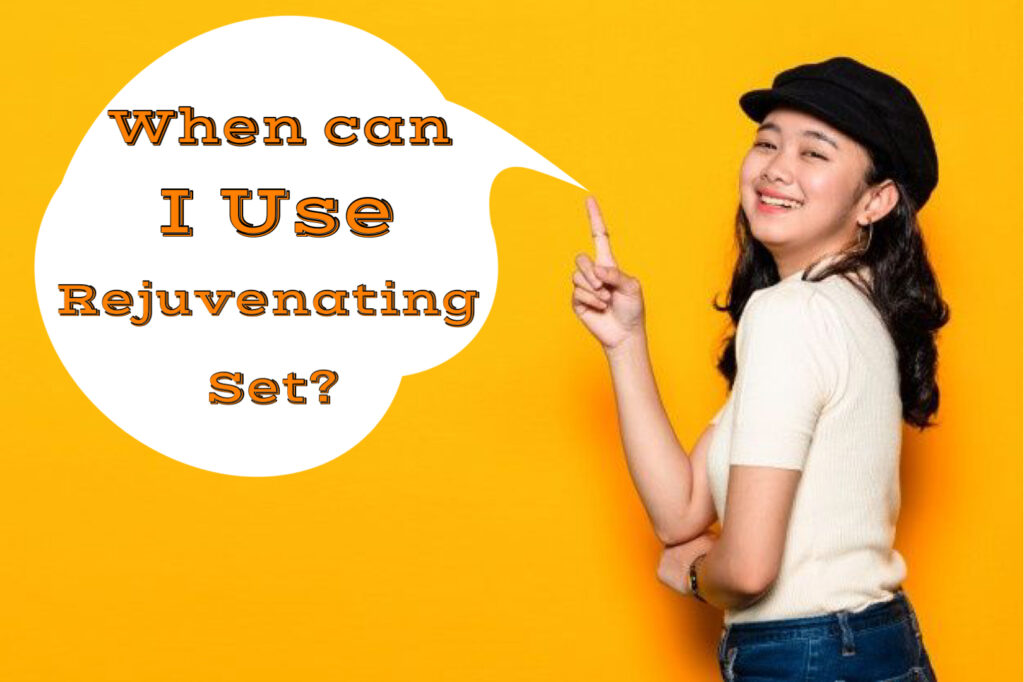
The ideal age to use rejuvenating set is 13 years old until 60 and it can extend to more. However, you must take into consideration your skin type and condition and genetics. It’s always advisable to contact a skin specialist before using rejuvenating set. Especially if you are a teenager or above 60 years old.
To know why these age limits are estimated for using rejuvenating set. You have to know what rejuvenating set does to your skin. In addition, you need to know the skin characteristics in different ages.
Table of Contents
Skin Rejuvenating Set is a set of skincare products that work creatively together. They treat skin concerns such as dark skin, acne, pimples, dark spots, discoloration and hyper-pigmentation. You can find in rejuvenatingsets.com several brands of rejuvenating sets. Such as, Rejuvenating Sets By Dr Alvin, Skin Magical Rejuvenating Sets, Brilliant Rejuvenating Sets. Moreover, Fairy Skin Derma Sets, Skin Perfection Rejuvenating Sets and more.
In most cases, rejuvenating sets contain four products, which are:
1. Peeling: definitely expect some skin peeling. Skin peeling gets rid of dull, damaged skin. To make room for new smoother skin to grow.
2. Redness: many people complain about extreme redness. It is a lot like a chemical peel, hence, peeling and redness are very common to happen.
3. Skin stinging: while applying rejuvenating toner and cream.
4. Break outs: Rejuvenating Facial set will cause some acne to come out during the first few weeks. This is because it is going deep inside the pores to take underlying impurities out. Once the acne surfaces, Rejuvenating Facial Toner and bleaching cream will dry them up pretty quickly. Keep using the set on your pimples. DO NOT STOP. If you stop when pimples surface. You will find that they will stay visible on your skin longer than if you continue to use.

A baby’s skin is 20% to 30% thinner than a grown-up’s skin. It has the same number of layers but each layer is considerably thinner. Making it especially delicate and sensitive.
The outermost layer of the epidermis (the horny layer) is particularly thin. And the cells are less tightly packed than in adult skin. Sweat and sebaceous glands are also less active. So skin’s hydrolipid film is relatively weak. This means that the barrier function is impaired and baby skin is:
Babies also have more difficulty regulating their body temperature than adults. This is because:
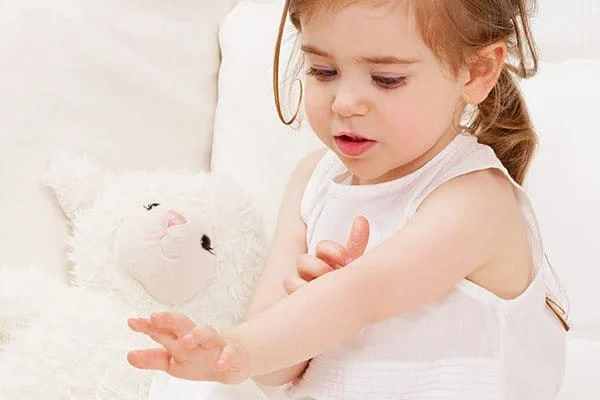
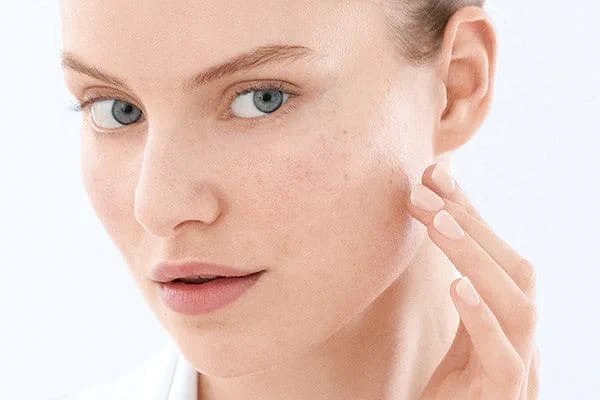
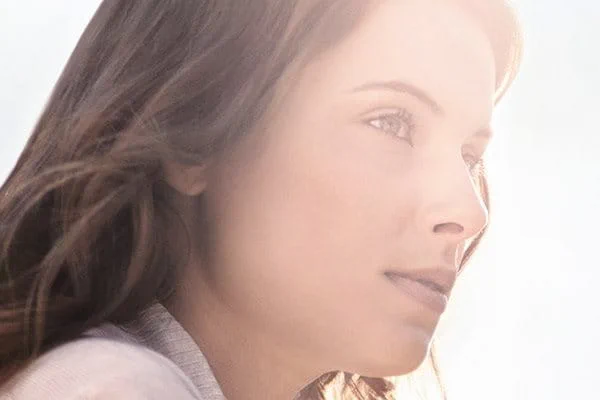
Genetics, lifestyle and environment will determine the stage at which the epidermis and the dermis start to thin. But, from around the age of 25, the first signs of aging may appear, normally in the form of fine lines.
When skin starts to thin, its barrier function and its natural protection against UV also gradually reduce. Collagen mass and flexibility also begin to deplete at a rate of approximately 1% a year.

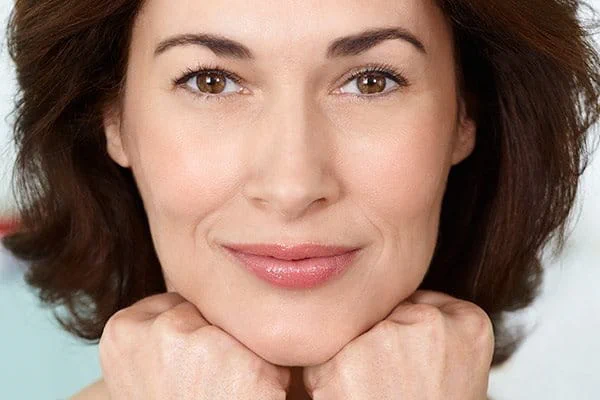
Over the next few decades skin structure gradually changes:
Epidermis:
The ordered arrangement of the individual layers of the epidermis is lost. Fewer cells are formed. Existing cells shrink and the top layers of skin become thinner. This can lead to:
Dermis:
Connective tissues in the middle layer of skin lose their fibrous structure. And water-binding ability starts to degenerate. This leads to:
There is also a gradual decrease in micro-circulation in the dermis. The dermis provides nutrients to the epidermis. So, without nourishment, both layers and the connections between them become thinner and flatter. Resulting in the loss of elasticity common in post-menopausal women. Reduced blood flow also causes a loss of radiance. Skin can appear duller and some broken capillaries may appear.
Subcutis:
The lower layer of fatty tissue gradually reduces. Which also contributes to the loss of volume that can lead to deep wrinkles. Skin energy is also reduced and skin becomes less resilient to pressure.
60s & 70s
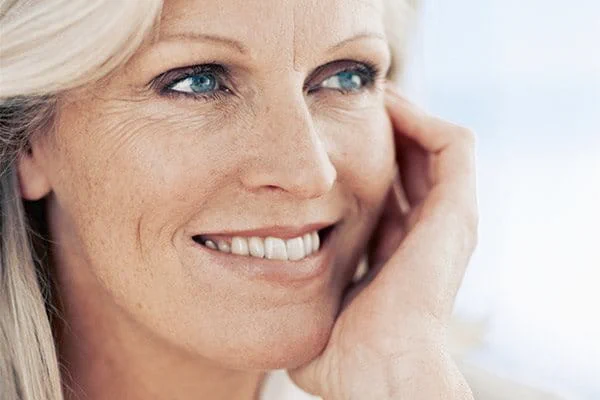
During your 60s and 70s:
From the late 70s onwards, skin’s immune function has reduced, making it more susceptible to infection.
Now, you are supposed to be experienced in knowing why 13 is the ideal age for those who want to know if it’s safe to use the rejuvenating set for the first time.
For more info., Don’t hesitate to drop a comment and we shall answer you as soon as possible.
Leave a comment